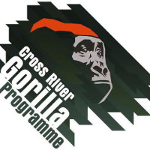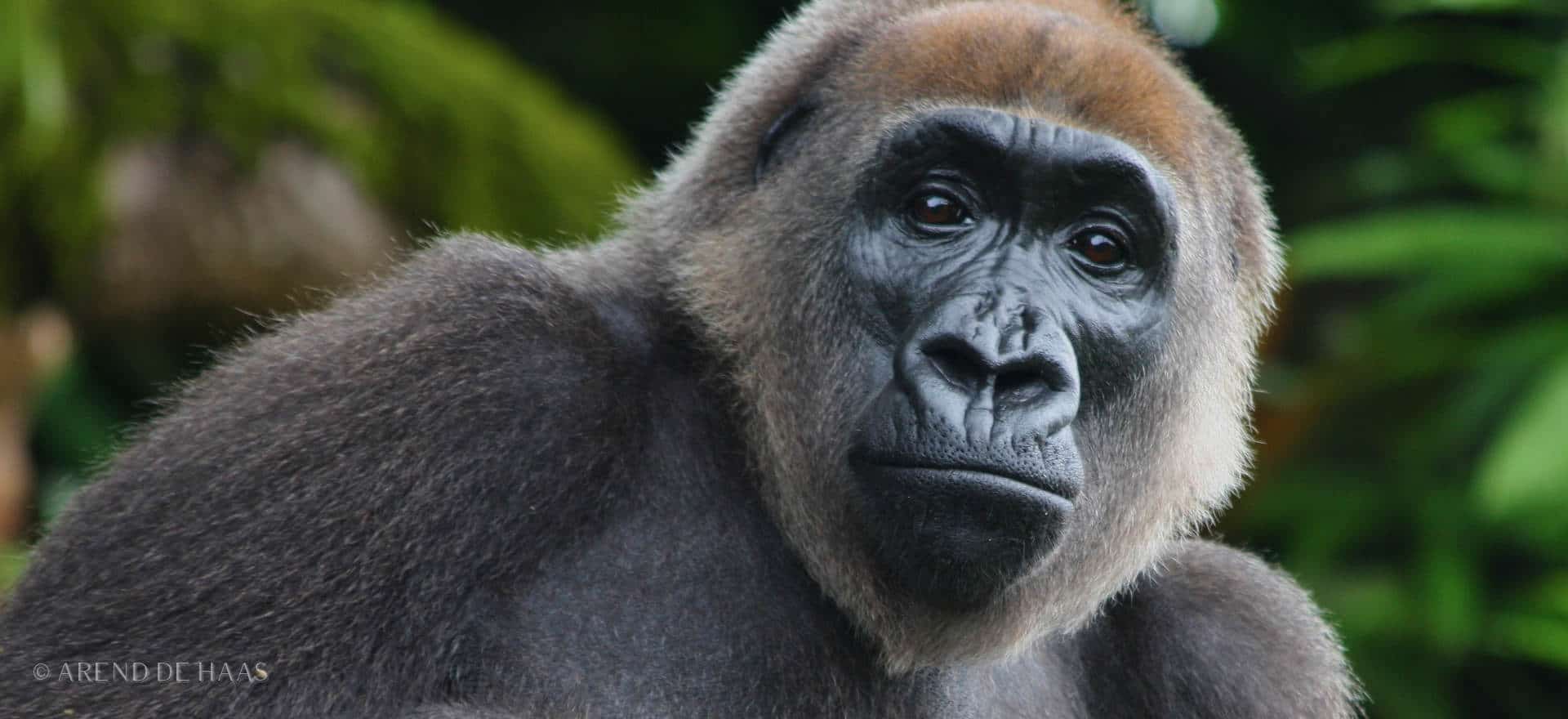DISCOVERY OF THE CROSS RIVER GORILLA
In 1904 a set of eight skulls from gorillas of the Cross River region, which was then part of German controlled Kamerun was sent to a taxonomist called Paul Matschie, in Berlin. Based on his examination of these skulls, Matschie decided that the Cross River Gorillas were distinct enough to be considered a separate species, which he named Gorilla diehli, after the man who had sent him the skulls, Diehl. Matschie believed that one of the skulls in fact belonged to the more common Western Lowland Gorilla. Concluding that the two species lived alongside each other but displayed different characteristics, he believed they were unable to interbreed and therefore were completely separate species.
Rothschild in 1904 and 1906, and Elliot in 1912 disagreed with Matschie, and suggested that the Cross River Gorillas were actually a subspecies of the western gorilla and should therefore be known as Gorilla gorilla diehli, as they are now. In 1929, however this changed again as an effort was made to simplify gorilla classification. Coolidge, supposing the two types of western gorilla to be continuously distributed, grouped the Cross River Gorillas within the subspecies Gorilla gorilla gorilla (Western Lowland Gorilla), where it remained for many decades. He combined what were then eleven species of gorilla into one, with all West African gorillas placed in the subspecies G. g.gorilla, and all eastern gorillas in G. g. beringei.
There were a scattering of recorded gorilla sightings, many of them anecdotal, during the thirties, and surveys were reported in 1957 and 1966.
By the 1970s, the Cross River region had been recognized as an area of primate endemism, with at least six unique species of old world monkey (Preuss’s Red Colobus, Drill, Martin’s Putty Nosed Guenon, Red-Eared Guenon, Preuss’s Guenon, Crowned Guenon). There were not thought to be any gorillas left in Nigeria, and perhaps none in Cameroon either, and due to a recent war (1966-70) no one had been able to survey the area to find out for sure.
REDISCOVERY
In 1983 evidence of gorillas living in the Mbe mountains was uncovered by Clement Ebin. With this revelation, more searches were initiated in the region, and gradually more groups of gorillas were found.
As these field studies continued to reveal the distribution of gorillas around the Cross River region, researchers Esteban Sarmiento and John Oates began to study the skulls from this area, about 100 of which, including those used by Matschie, were held in various museums. A statistical analysis comparing skulls from the Cross River region with those of gorillas from elsewhere found that Matschie was right. These gorillas were distinct. It also became apparent that the one skull which Matschie had claimed was from a Western Lowland Gorilla living alongside the Cross River Gorillas was in fact a Cross River Gorilla skull. There were not two types of gorilla living together, but two different types living 250km apart. The Cross River Gorillas were returned to their own subspecies, Gorilla gorilla diehli.
The Cross River Gorilla had unexpectedly been found alive in the wild, re-classified as a unique subspecies, and as more surveys were made, was found to exist in eleven groups around the region. It was the rarest subspecies of gorilla, and very little was known of it. Long term studies of their socio-ecology, and population monitoring began, and are ongoing today.
The separate groups were believed at first to exist in isolation, and many early publications refer to the dangers of this state, such as inbreeding and the loss of just a few members being enough to destroy a small group, with no hope of immigrants re-establishing it naturally. Once genetic analysis was carried out however, researchers were surprised to discover that migration was going on between sites, despite the deterioration of the forest between them.
This is not the time to become complacent however, these unique gorillas are far from safe, and there is much work to be done in the future to understand their distribution and ecology, and to protect these few remaining populations hidden away in the forests of the Cross River region.

